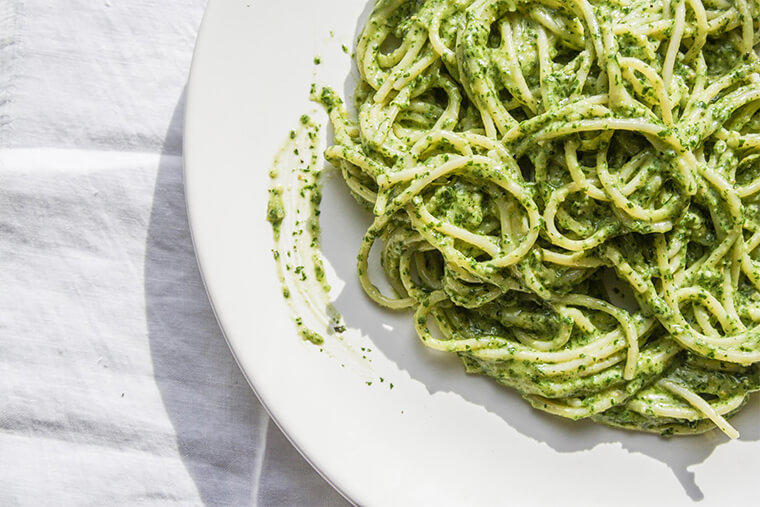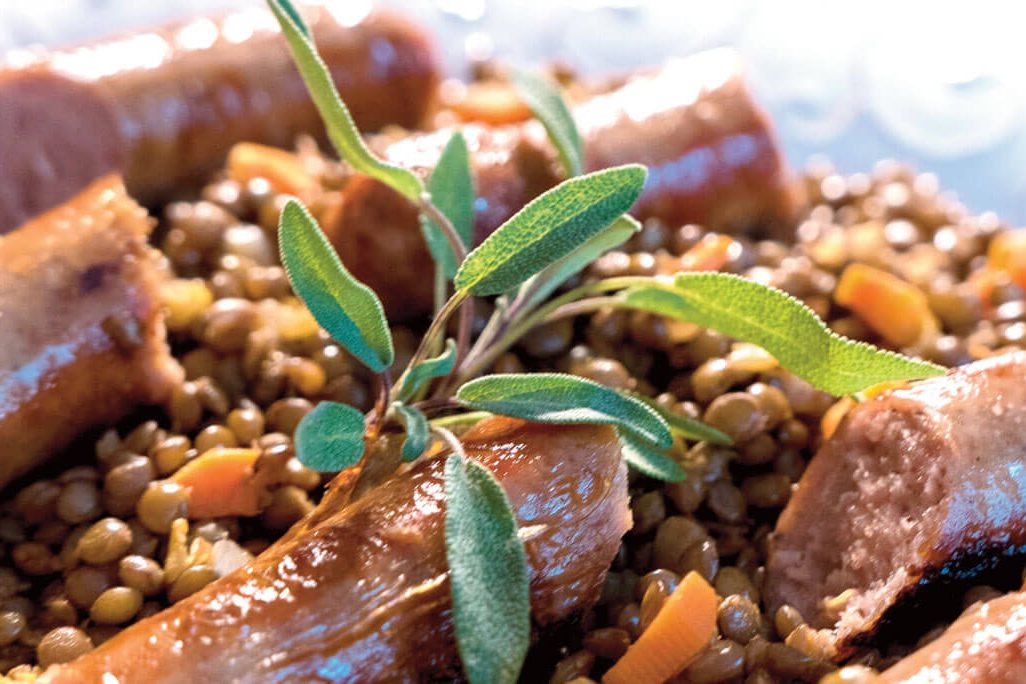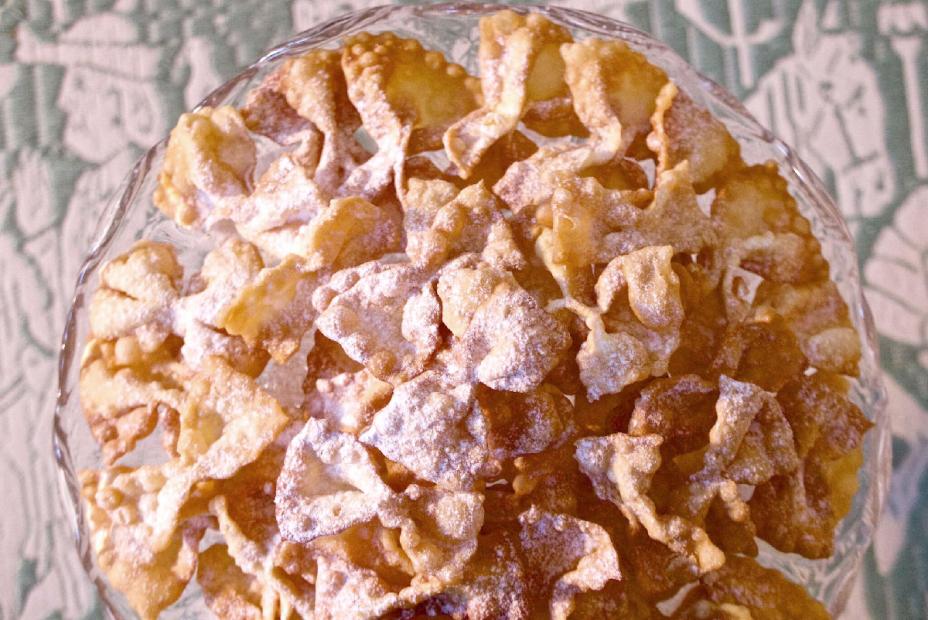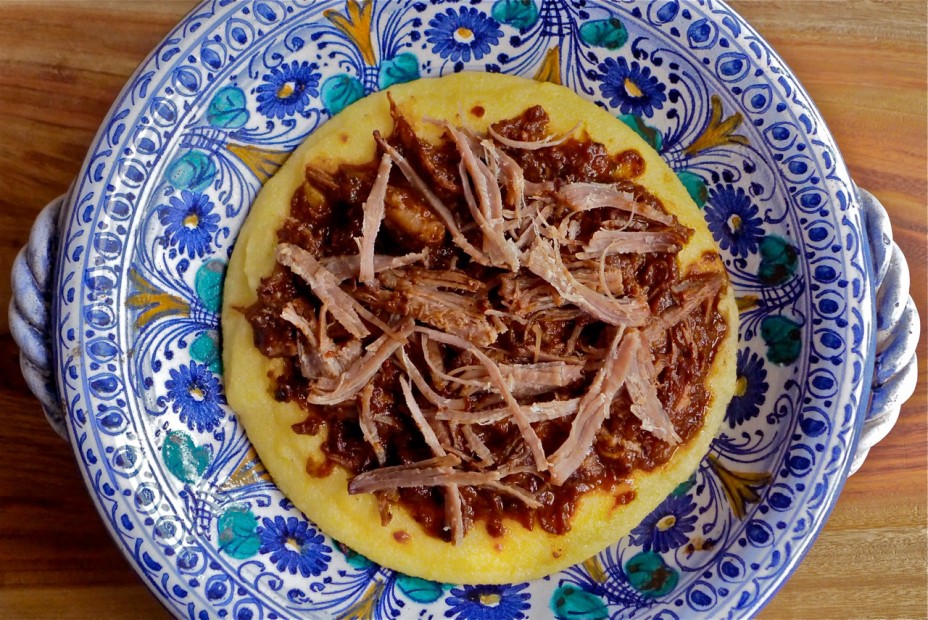If you’ve ever seen The Leopard, the film based on the famous novel by Giuseppe Tomasi di Lampedusa and set in Sicily during the time of the Risorgimento, you’ll recall the famous banquet described in the book:
“When three lackeys in green, gold and powder entered, each holding a great silver dish containing a towering macaroni pie, only four of the twenty at table avoided showing pleased surprise. Good manners apart, though, the aspect of those monumental dishes of macaroni was worthy of the quivers of admiration they evoked. The burnished gold of the crusts, the fragrance of the sugar and cinnamon they exuded, were but preludes to the delights released from the interior when the knife broke the crust; first came a spice-laden haze, then chicken livers, hard boiled eggs, sliced ham, chicken and truffles in masses of piping hot, glistening macaroni to which the meat juice gave an exquisite hue of suede.”
You might think that little is left of such princely scenes as conjured by the author and based on the life of his great-grandfather. I might have imagined the same had I not been invited to Palazzo Lanza Tomasi, the family home of the celebrated novelist. It was a fine morning in May when I found myself in the palace’s kitchen where my friend and host, the Venetian-born Nicoletta Polo, the Duchess of Palma and wife of Gioacchino Lanza Tomasi, the author’s adopted son, gives cooking classes. I first knew the Duchess some twenty years ago when she was living in New York City. Originally from Venice and an excellent cook, we had met to talk about the food of the Veneto for a book I was writing then, which includes some of her recipes.
When you are in the grand rooms of the palace, it’s not hard to imagine yourself in di Lampedusa’s world, an era which the director, Luchino Visconti, working with Gioacchino during the production of the film, carefully recreated. The palazzo is filled with reminders of the novel — paintings of ancestor popes and saints on the walls, what remains of family furniture and memorabilia after the bombings of the last world war, the treasured original manuscript of Il Gattopardo that the Duke helped to type as a young man. And then there is the telescope, which in the novel, is a metaphor for Don Fabrizio’s observations of the world beyond a vanishing civilization, Sicilian indiscretions, and the travails of modern Italy. “The aristocracy has always been global,” said the current Prince of Lampedusa and Duke of Palma, drawing a parallel as we sat sipping 75-year old Marsala and gazing out at the sea from the sitting room.
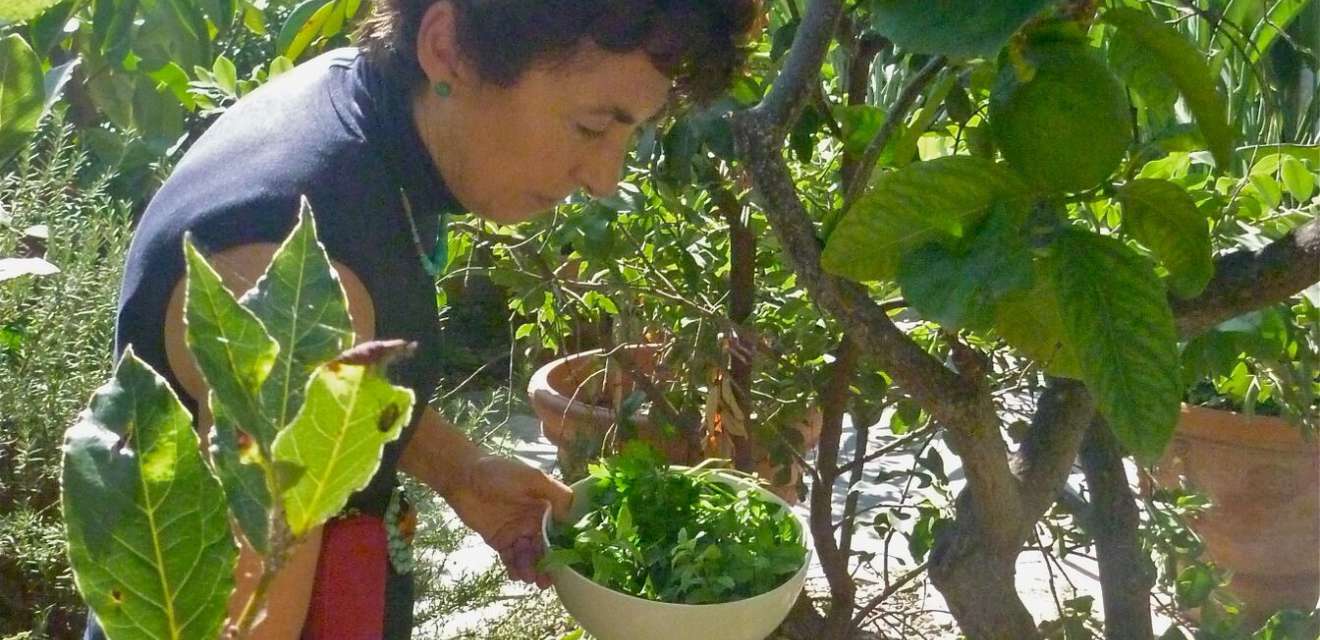
A taxi driver who had brought me there had a more local outlook, gossiping that the Duchess was known, he said, to make “foreign” dishes — from Naples or Venice, for example — in her cooking lessons, proof enough that even after Garibaldi disembarked with his Redshirts at Marsala in 1860, the battle for a unified Italy was never fully won. Even the macaroni pie on Prince Fabrizio’s 19th century table is not strictly speaking a native Sicilian dish (dried pasta and spices came from the Arabs) but then, one has to ask, what is? The Sicilian diet has been formed as much by the cuisines of invading forces over thousands of years as by the resident aristocracy’s predilection for importing foreign ideas. The island was the domain of the Saracens for some two hundred years, and even after Norman occupation, the highly developed culture of Muslim Sicily continued to influence the cooking. The fashion for French cuisine left a lasting mark on the food of the ruling class on the heels of Napoleon’s invasion.
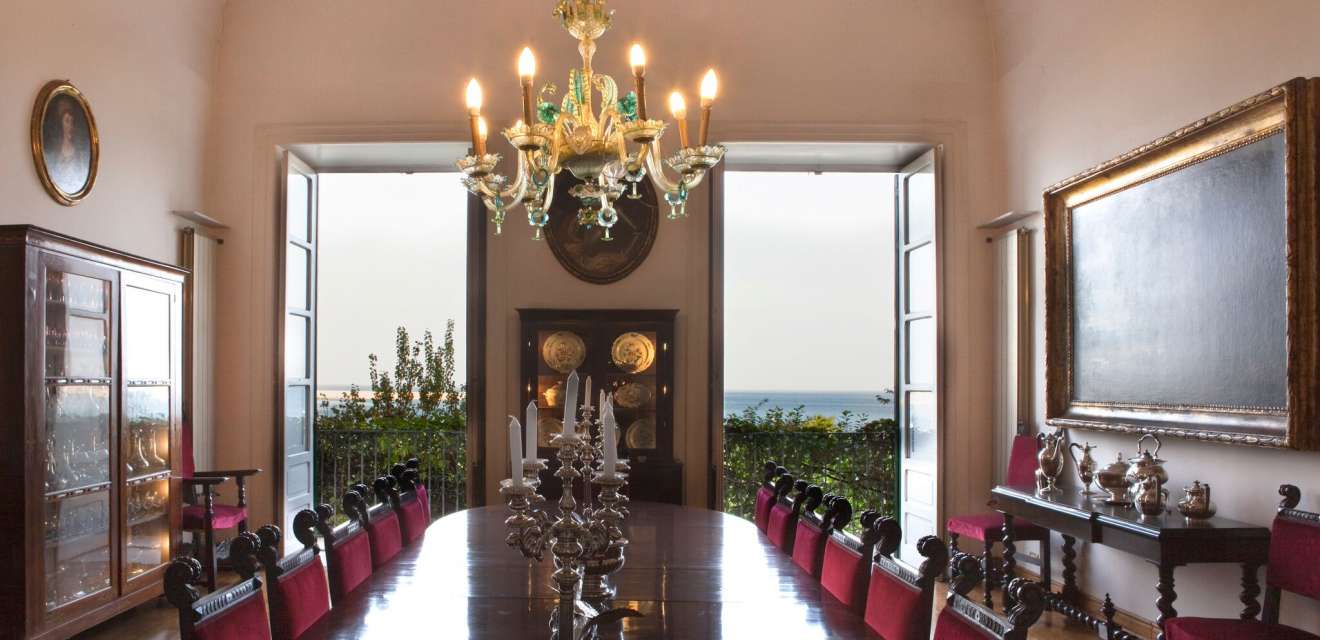
When I arrived in Palermo, early in the morning, I found the Duchess at the kitchen table writing out a shopping list for her lesson. The recipes on the menu, with their emphasis on pistachios, are typical of the Arab legacy. The first course would be pasta topped with pistachio pesto, followed by numerous other courses. The pesto is a typical condimento of the region, made with the sun-struck local olive oil, fragrant and floral. It is a sauce I have since adopted and made again and again. The Bronte pistachios we needed for the genuine pesto, she said, are gathered from trees that spring from the lava rock of Sicily’s Mount Etna, and nowhere else. Considered to have no equal in flavor, we bought them at a shop near the palazzo. Even there, they were double the price of the Persian import.

This sauce, although made with pistachios rather than with pine nuts, has much in common in flavor and composition with the classic basil pesto of Genoa. At home in New York, where Italian pine nuts are as pricey as caviar and increasingly rare due to worldwide weather changes, it offers the possibility for not only anointing toothy artisanal pasta, but also, topping a perfectly grilled fish, lending its rich aroma to a hearty minestrone swimming with summer vegetables, or giving a lift to anything from a simple omelet to a boiled potato. Although I could easily find good Sicilian olive oil, the native pistachios were much more elusive. To adapt Nicoletta’s recipe to what is easily available in local markets here, I substituted a California variety, added a few almonds, like they do in Bronte, upped the amount of basil and parsley she used. It was a very fine pesto indeed.
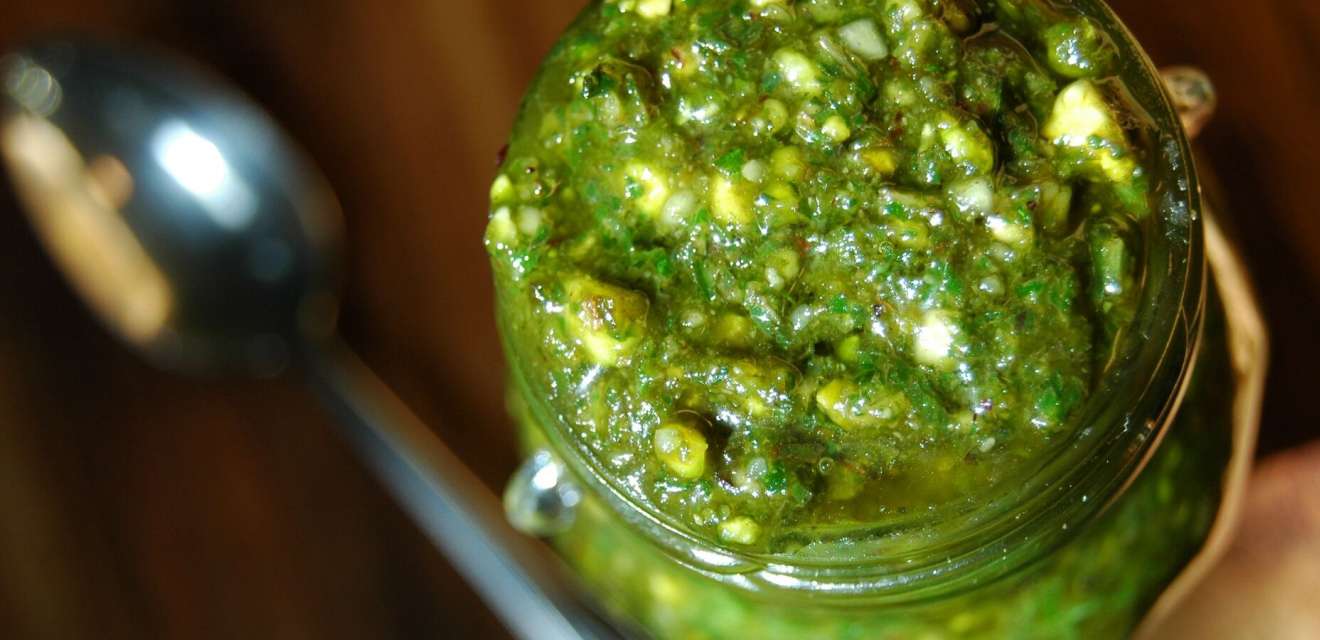
For immersion in Sicilian culture and food, you can sign up for the Duchess’s cooking classes, tour the palace rooms with the Duke and raconteur, Gioacchino Lanza Tomasi, and rent a fine apartment in the wing that was once the servants’ quarters. http://www.butera28.it/cooking-with-the-duchess.php
Pistachio Pesto
Makes about 1-1/4 cups, enough to generously coat 1 pound of pasta
Use this sumptuous pesto to coat a sturdy pasta cut that can carry its weight, such as fusilli, penne, linguine, or spaghetti. Or stir it into summer minestrone to enhance its flavor. A small dollop blended into each bowlful goes a long way.
• 1/2 cup shelled, peeled, unsalted pistachios, plus a small handful for scattering
• 3 tablespoons lightly toasted, blanched almonds
• 1 cup packed fresh basil leaves
• 1/2 cup packed fresh flat-leaf Italian parsley leaves
• 1/2 cup extra-virgin olive oil
• 1/2 teaspoon fine sea salt
• freshly ground white or black pepper
• 1/4 cup freshly grated parmigiano-reggiano or grana padano cheese, plus extra for the table.
Note: If the membrane of the pistachios don’t peel off easily after rubbing them with your fingers, blanch them in boiling water for about 1 minute. Drain, shock in cold water, and dry the nuts in a paper towel. Toast them lightly and when they cool, peel off any skins that haven’t come off.
Combine the pistachios, almonds, basil, parsley, olive oil, salt, and pepper all at once. Process, pulsing every few seconds, to grind the ingredients to a grainy consistency. Take care not to over-grind to avoid a pasty consistency. The texture should be smooth and fluid, but not without a grainy texture. Use a rubber spatula to scrape the sides of the bowl a few times during the processing. With the spatula, transfer the pesto to an ample serving bowl. Beat in a couple of tablespoons of the pasta cooking water and add the pasta, tossing well. Add the grated cheese and toss some more. Serve at once. Pass more of the grate cheese at the table.
Ahead-of-time note: If you need to make the sauce in advance, leave out the grated cheese and transfer the pesto to a small container, pressing plastic wrap directly on the surface until you are ready to serve it. For best results, use within several hours of preparing, but it can be kept in the refrigerator for up to two days, or a freezer for up to three months. Pick up where you left off with the recipe above, mixing in the grated cheese before serving.
Julia della Croce is a food writer and James Beard award-winning cookbook author and recipe developer based in New York. She is presently incubating a book about her family’s ancestral region, Sardegna. Visit her website, www.juliadellacroce.com and blog, http://juliadellacroce.com/forktales1/, connect on Facebook: Julia della Croce – chef & foodwriter, Twitter: @juliadellacroce and Instagram: juliadellacroce.
